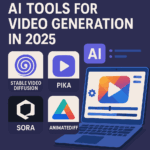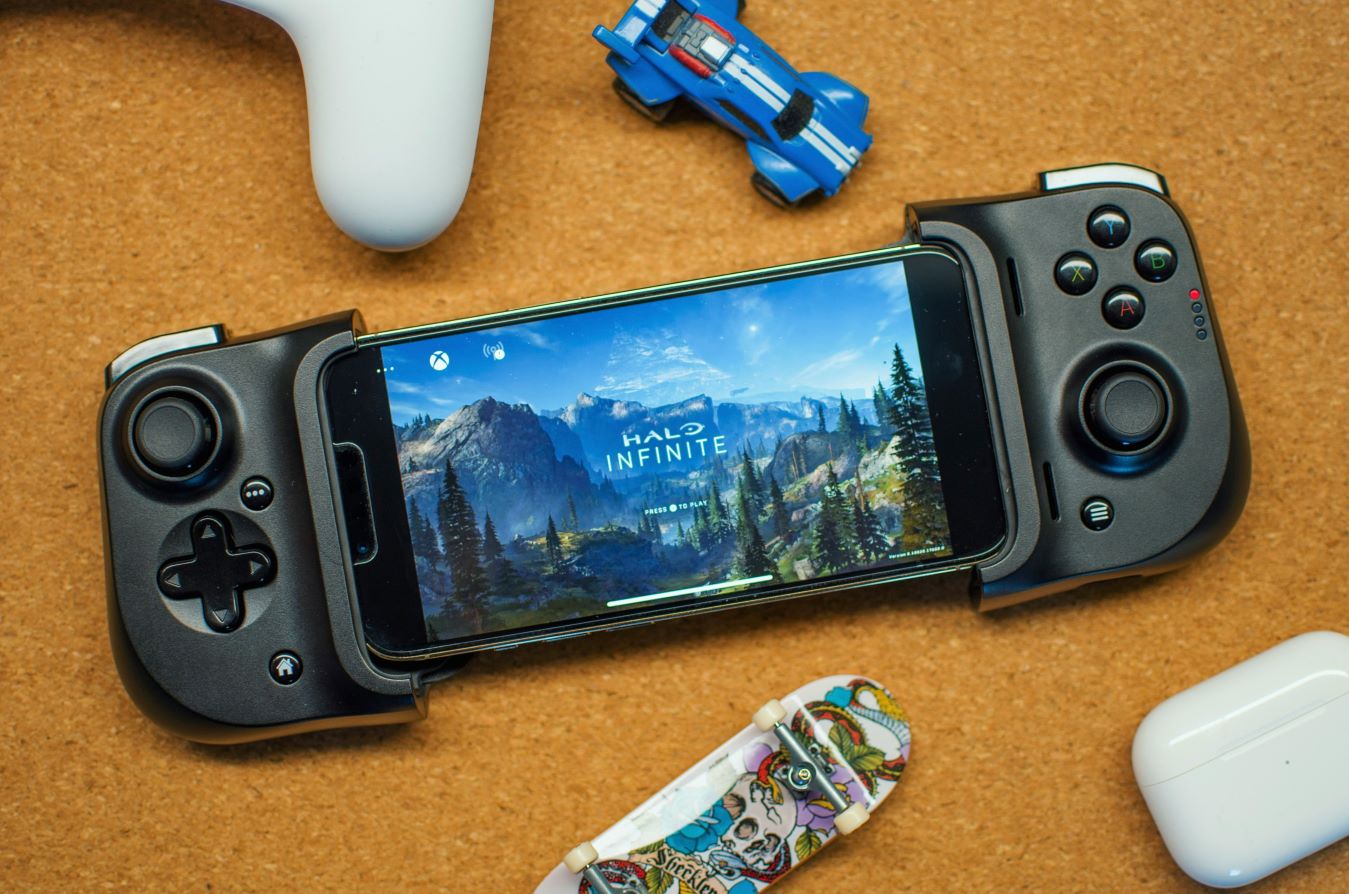
The gaming industry is undergoing a massive transformation with the rise of cloud gaming. In 2025, cloud-based gaming services have become more advanced, offering gamers the ability to play high-quality titles without expensive hardware. But is cloud gaming truly the future of gaming, or are there still hurdles to overcome? Let’s dive into the state of cloud gaming in 2025, its advantages, challenges, and whether it’s ready to replace traditional gaming.
🎮 What is Cloud Gaming?
Cloud gaming, also known as game streaming, allows players to stream video games directly over the internet without needing a powerful gaming PC or console. Instead of running games locally, remote servers handle all the processing, graphics rendering, and AI-powered optimizations. This means players can enjoy high-end gaming on any device, including smartphones, tablets, smart TVs, and even low-end laptops.
Some of the leading cloud gaming platforms in 2025 include:
✅ Xbox Cloud Gaming (xCloud) – Integrated with Game Pass Ultimate
✅ NVIDIA GeForce Now – Supports ultra-high graphics settings
✅ PlayStation Cloud (PS Now 2.0) – Brings exclusive Sony games to the cloud
✅ Google Stadia 2.0 – Improved latency and AI-based streaming enhancements
✅ Amazon Luna – AI-driven game performance optimization
🚀 Why Cloud Gaming is Gaining Popularity in 2025
Cloud gaming has seen tremendous improvements in 2025 due to advancements in 5G connectivity, AI-powered game rendering, and high-speed cloud servers. Here are some key reasons why more gamers are shifting to the cloud:
✔ 1. No Expensive Hardware Needed
With cloud gaming, you no longer need a high-end gaming PC or console. A basic laptop, TV, or even a smartphone can run AAA games at 4K resolution with ultra settings, thanks to cloud-based processing.
✔ 2. Instant Access to a Massive Game Library
Instead of buying individual games, cloud gaming services offer subscription-based models, similar to Netflix. Services like Xbox Game Pass Cloud and PlayStation Cloud allow users to access hundreds of games instantly without downloads or installations.
✔ 3. AI-Enhanced Performance & Adaptive Graphics
AI-powered cloud gaming platforms now automatically adjust graphics, resolution, and latency to provide a smooth gaming experience even on slower internet connections. AI optimizations reduce lag, enhance frame rates, and improve overall gameplay performance.
✔ 4. Seamless Cross-Platform Gaming
Cloud gaming allows players to start a game on one device and continue on another without losing progress. Whether you’re gaming on a PC, tablet, or TV, cloud-based saves and cross-platform support create a truly flexible gaming experience.
⚠️ Challenges of Cloud Gaming in 2025
Despite its advancements, cloud gaming still faces challenges that prevent it from completely replacing traditional gaming consoles and PCs.
❌ 1. Internet Speed & Latency Issues
Even though 5G and fiber-optic networks have improved global internet speeds, many regions still suffer from unstable connections. High latency can cause input lag, stuttering, and lower frame rates, making competitive gaming difficult.
❌ 2. Ownership Concerns & Subscription Costs
Unlike traditional gaming, where you own a physical or digital copy of a game, cloud gaming relies on subscription services. If a game is removed from the platform, players lose access to it, leading to concerns about long-term ownership.
❌ 3. Limited Offline Play
Since cloud gaming requires an always-online connection, playing games offline is not possible. This can be a dealbreaker for gamers who frequently travel or live in areas with unreliable internet access.
❌ 4. High Bandwidth Usage
Streaming games at 4K resolution consumes a huge amount of data, making it expensive for users with limited broadband plans. Even with AI-powered compression, streaming high-end games requires at least 50-100 Mbps for a smooth experience.
🔮 Is Cloud Gaming the Future?
While cloud gaming won’t completely replace consoles and PCs in 2025, it is rapidly becoming a dominant force in the industry. With the continued expansion of AI-powered optimization, 5G, and better cloud infrastructure, gaming on-demand is becoming more convenient and accessible than ever.
However, dedicated gaming hardware like the PlayStation 6, Xbox Next, and high-end gaming PCs still provide better responsiveness, offline play, and full game ownership. For now, cloud gaming serves as an alternative rather than a full replacement.
✅ Cloud gaming is ideal for:
- Casual gamers who want instant access to games
- Players with high-speed internet and 5G access
- Gamers who prefer subscription-based gaming over buying individual titles
❌ Traditional gaming is better for:
- Competitive gamers who need zero input lag and high FPS
- Those who prefer physical or digital game ownership
- Players with limited or unstable internet connections
📌 Final Thoughts
Cloud gaming in 2025 has evolved significantly, offering AI-enhanced graphics, 5G-powered streaming, and cross-device flexibility. While it still faces internet dependency and ownership concerns, its convenience and accessibility make it an exciting option for many gamers.
So, is cloud gaming the future? It’s definitely a major part of it, but traditional gaming platforms are still here to stay—at least for now!
🎮 What are your thoughts on cloud gaming? Have you tried it? Let us know in the comments!












One thought on “Cloud Gaming – Is It the Future of Gaming?”